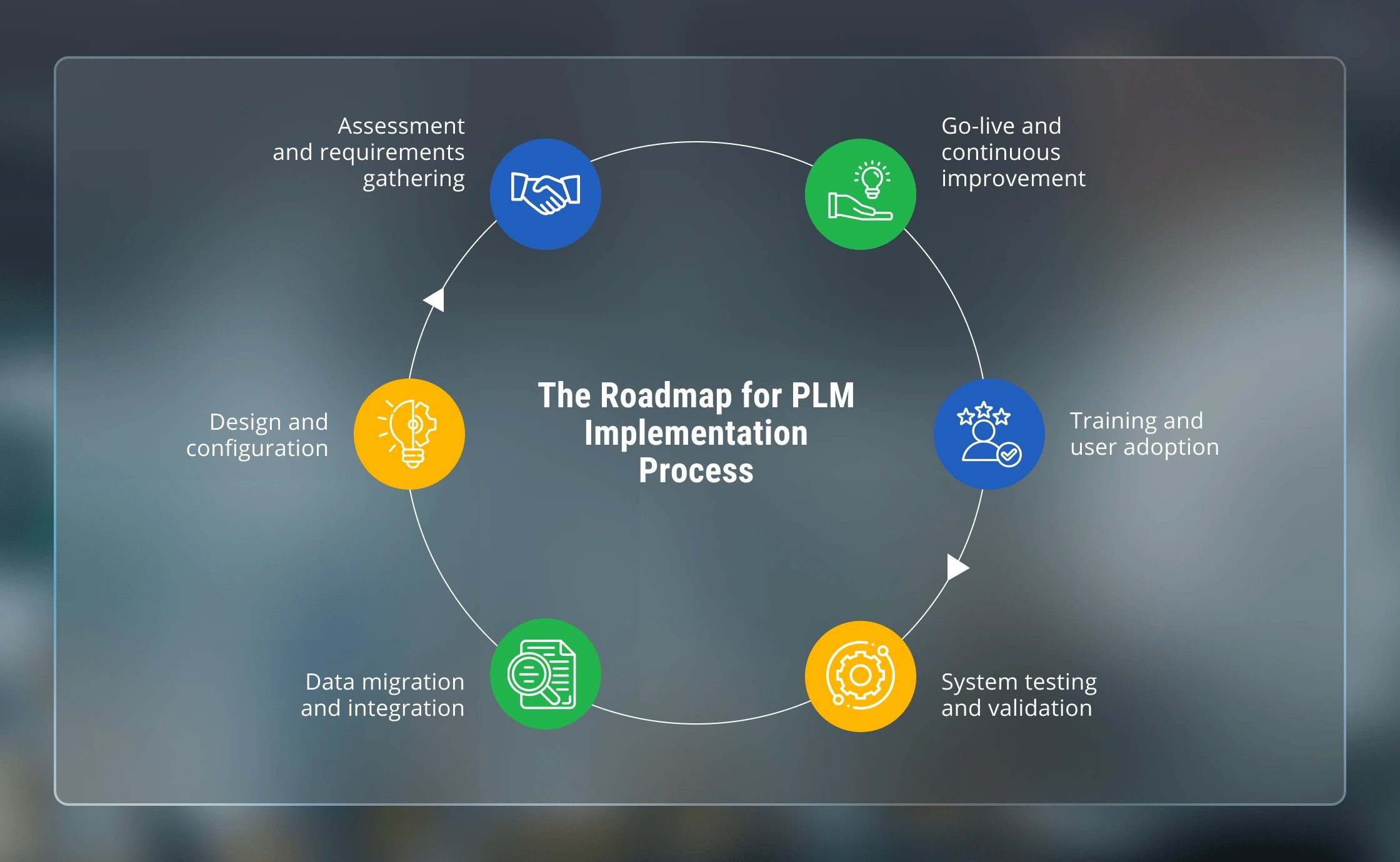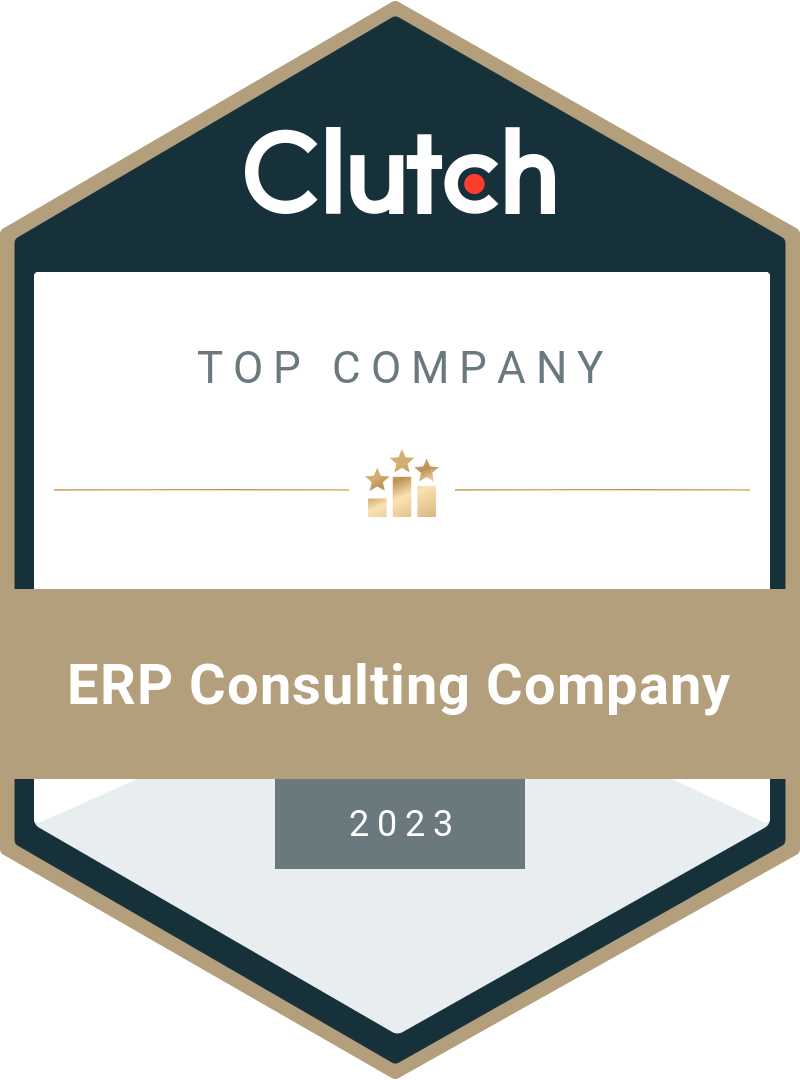This article provides key insights, from selecting the right PLM solution to addressing implementation hurdles, serving as a comprehensive guide for businesses, whether startups or established enterprises, navigating the intricacies of successful PLM implementation.
PLM Implementation Advice Every Business Owner Should Know About
Implementing a product lifecycle management (PLM) system is a transformative step for any business seeking to streamline product development processes, improve collaboration, and gain a competitive edge in the market. However, embarking on a PLM implementation journey can be daunting, with numerous challenges and complexities to navigate.
To ensure a successful and smooth PLM implementation, business owners need to be equipped with the right knowledge and guidance. From selecting the right PLM solution to addressing common implementation challenges, we will cover key aspects that can make or break your PLM journey.
Whether you are a small startup looking to optimize your product development lifecycle or a well-established company aiming to enhance your innovation capabilities, this article will serve as a comprehensive guide to help you navigate the intricacies of PLM implementation.
What is PLM as a Solution?
Product lifecycle management (PLM) is a systematic approach that manages the entire cycle of a product, from conception to disposal. PLM software organizes a product's data, processes, and documentation. It offers a digital platform for all product-related information and activities to improve efficiency, reduce costs, and increase the innovative power of the product.
We have previously looked at PLM as a concept, its core functionalities, implementation plan, and other details. Read more in this article. Today, PLM is used throughout manufacturing to foster collaboration, drive innovation, and efficiently support growth through customer-centric design and product customization. In an era of digital transformation and accelerated change, PLM is critical in helping companies bring products to market faster, which directly affects the growth of the related software market.
Figures speak for themselves: the global market size for PLM was $16.76 billion in 2018 and is expected to reach $26.73 billion by 2026, representing a CAGR of 6.3% over the forecast period. One of the factors of the growing demand for cloud-based product lifecycle management solutions is that PLM systems provide advanced encryption techniques to safeguard sensitive product data, intellectual property, and trade secrets.
Top Ten PLM Implementation Challenges
The day-to-day work of modern society is becoming increasingly flexible in terms of location and time. In addition to the great opportunities and freedoms that this development brings with it, companies are also faced with major challenges. In modern cooperation, creating a framework that enables open, flexible, and efficient communication is important.
With a holistic view, PLM became a “one solution for all”. However, knowing specific barriers to a smooth software implementation is essential when preparing to unify business processes and get the most out of digitalization. We will discuss the top ten of them below.
1. Lack of clear goals and objectives
Without a well-defined set of goals and objectives, businesses may struggle to align their PLM implementation efforts with their overarching business strategy. This can lead to confusion, misalignment, and inefficient utilization of the PLM system.
2. Resistance to change
Implementing a PLM system often requires processes, workflows, and organizational culture changes. Resistance to change from employees and stakeholders can hinder the successful adoption and utilization of the PLM system, impacting its effectiveness.
3. Insufficient user training and adoption
Inadequate training and user adoption strategies can result in low user engagement and limited utilization of the PLM system's functionalities. This can undermine the system's potential to drive collaboration, efficiency, and innovation.
4. Data quality and standardization
Inconsistent or poor data quality and a lack of data standardization can impede the effective utilization of the PLM system. It can lead to inaccurate information, difficulty in data integration, and hindered decision-making processes.
5. Integration challenges
Integrating the PLM system with existing enterprise systems, such as ERP or CRM, can pose technical and data integration challenges. Poor integration can limit data flow, create data silos, and hinder cross-functional collaboration.
6. Scalability and flexibility limitations
As businesses grow and evolve, the PLM system needs to scale and adapt accordingly. Inflexible or non-scalable PLM solutions may hinder the organization's ability to accommodate changing business needs and future growth.
7. Vendor selection and implementation partner
Choosing the right PLM vendor and implementation partner is crucial for a successful implementation. Issues such as vendor lock-in, inadequate support, or mismatched expertise can result in suboptimal outcomes.
8. Cost and budget constraints
Implementing a PLM system can involve significant costs, including licensing fees, implementation expenses, and ongoing maintenance. Budget constraints may limit the extent of implementation and customization, impacting the system's effectiveness.
9. Change management and communication
Insufficient change management practices and ineffective communication can impede stakeholder buy-in and hinder the smooth adoption of the PLM system. Clear communication and change management strategies ensure successful implementation and user acceptance.
10. Measuring success and return on investment (ROI)
Without proper metrics and evaluation methods in place, businesses may struggle to measure the success and ROI of their PLM implementation. A lack of measurable results can hinder continuous improvement and limit the ability to demonstrate the value of the PLM system to stakeholders.
PLM Successful Implementation: Key Performance Indicators
How do you determine whether the implemented PLM software is lucrative? Here are a few KPIs to help you evaluate how PLM works in your company. They will either indicate that the company-wide processes have improved or need further optimization.
You notice fast user adoption and higher engagement
Measure the level of user adoption and engagement with the PLM software. Look for indicators such as active user participation, frequent use of system functionalities, and positive user feedback. High user adoption indicates that the software successfully integrates into daily operations and provides value to users.
Processes are increasing in efficiency and productivity
Assess the impact of the PLM software on process efficiency and productivity. Monitor metrics such as reduced cycle times, improved collaboration, streamlined workflows, and increased productivity. A successful implementation should result in measurable improvements in these areas.
Users note better data accuracy and quality
Evaluate the accuracy and quality of data managed within the PLM software. Look for data integrity issues, error reduction, and improved data consistency. Accurate and reliable data is crucial for making informed decisions and driving successful product development.
Communication between departments becomes more transparent
Measure the effectiveness of collaboration and communication facilitated by the PLM software. Monitor metrics such as the number of cross-functional teams working together, improved information sharing, and reduced communication gaps. Successful implementation should enhance collaboration and foster better communication among departments.
The return on investment (ROI) steadily grows
Assess the financial impact of the PLM software implementation. Measure the ROI by comparing the costs incurred with the benefits achieved, such as cost savings, reduced rework, increased revenue, or improved time-to-market. A successful implementation should demonstrate a positive ROI and contribute to the organization's overall profitability.
Now, let’s discuss how to achieve the planned KPIs.
The Roadmap for PLM Implementation Process

A predefined roadmap is general guidance for the process with clear goals and objectives. Without it, organizations risk ambiguity and disjointed efforts. The roadmap outlines the plan, milestones, resources, and timelines to ensure team alignment.
The PLM implementation roadmap is not only a guide for action that can be modified as needed. It is an important step to the company's peace of mind and confidence that everybody involved is going in the same direction and all their actions are aimed toward desired outcomes.
Assessment and requirements gathering
- Identify business needs and objectives for implementing PLM.
- Consult with PLM consultants or solution providers to define the project scope and create an implementation roadmap.
- Collect functional and technical requirements for the PLM system.
Design and configuration
- Collaborate with PLM implementation specialists to design the PLM system architecture.
- Configure the PLM software to align with business processes and requirements.
- Involve domain experts, PLM consultants, and system integrators to ensure optimal system design and configuration.
Data migration and integration
- Identify data sources and plan the legacy data migration into the new PLM system.
- Collaborate with data migration experts and system integrators to ensure smooth data transfer and validation.
- Integrate the PLM system with other enterprise systems, such as ERP or CAD/CAM software, involving integration specialists.
System testing and validation
- Develop test cases and conduct rigorous testing to ensure the PLM system meets functional and performance requirements.
- Engage quality assurance testers and business users to validate system behavior and usability.
- Work closely with PLM implementation experts to address any issues or bugs identified during testing.
Training and user adoption
- Provide comprehensive training to end-users on how to use the PLM system effectively.
- Involve PLM experts to deliver training programs tailored to different user roles.
- Encourage user adoption through change management initiatives, including communication, support, and user feedback channels.
Go-live and continuous improvement
- Deploy the PLM system in a production environment.
- Monitor system performance, gather user feedback, and address any post-implementation issues.
- Engage PLM consultants and continuous improvement teams to identify optimization opportunities and refine processes over time.
Throughout the entire PLM implementation process, it is crucial to have project managers overseeing the project, IT professionals supporting technical aspects, business analysts providing insights into business requirements, domain experts sharing industry-specific knowledge, PLM consultants offering guidance on best practices, and trainers ensuring effective user adoption.

TOP ERP Consulting company 2023
LeverX implemented core SAP PLM functions, integrated Quality Management tickets, and streamlined workflows with IPS. They automated material migration with BMAX, data extraction with Velox, and document conversion with the Cideon Conversion Engine, offering a comprehensive solution suite for the customer.
The result?
- Centralized product data management into a single SAP PLM system
- Eliminated reliance on manual processes
- Transition from paper to electronic documentation
- Enhanced process integrity and reporting metrics
TOP SAP Company 2023
The LeverX team provided the customer with an SAP solution for product lifecycle management, integrating a computer-aided design system and engineering control center.
The result?
- 25-35% increase in the company’s efficiency
- Streamlined product lifecycle management
- Guided business processes from component creation to product installation
Conclusion
The PLM software solution offers many opportunities to digitize processes and increase productivity. However, the introduction is not as complicated as it looks because a modern PLM is agile. This means the software can first be applied to the most relevant process. The first results can be seen quickly, allowing enough testing and familiarization time. If the first process is successfully converted, more processes and participants can be included successively until the entire company has been transformed.
Due to increasing global competition, companies may face various challenges. Business owners have to react quickly to market changes while considering customer needs and required quality standards. To remain competitive in the future, companies have to accelerate internal product development processes and utilize the support of a reliable technical provider.
How useful was this article?
Thanks for your feedback!

.jpg)

